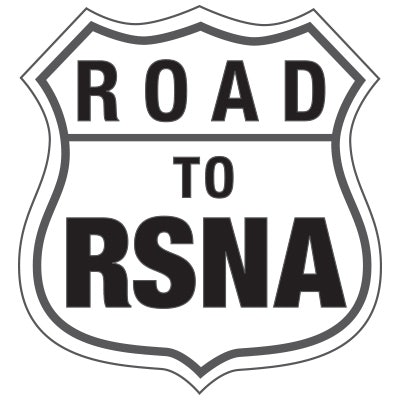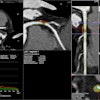
From 3D printing to virtual and augmented reality (VR/AR), advanced visualization technologies continue making great strides in healthcare with each passing year. RSNA 2019 attendees will have the opportunity to learn about and discuss these developments in a number of scientific and educational presentations, demonstrations, and hands-on workshops.
The main talking point in the community at this year's meeting appears to be medical 3D printing. For the past several years, researchers from across the globe have continuously attested to the potential benefits of applying 3D printing to clinical applications.
Adding to this body of evidence, dozens of presenters at this year's conference will share how 3D-printed anatomical models have helped improve preoperative planning, patient education, and even surgical outcomes. Several workshops will also provide hands-on instruction on creating individually tailored 3D-printed models based on CT, MRI, ultrasound, and even micro-CT scans.
What's more, experts on 3D printing will lead refresher courses on a broad range of relevant topics that cover the basics, such as how to launch a hospital 3D printing lab, as well as more advanced issues related to regulation and reimbursement. With four Current Procedural Terminology (CPT) category III codes for 3D printing approved for the first time earlier this year, sessions on the proper way to apply 3D printing codes at a medical practice couldn't be more timely.
VR and AR continue to make headway in clinical settings as well, most notably in the subspecialties of neuroradiology and interventional radiology. Specialists in both areas will deliver workshops detailing the ways in which VR and AR helped radiologists navigate patient anatomy and prepare for procedures -- for example, transjugular intrahepatic portosystemic shunt (TIPS), brain tumor surgery, and vascular access -- through realistic planning and simulation.
Presenters will also highlight the potential value of integrating various other advanced imaging techniques into medicine: 4D flow MRI continues to prove its worth in evaluating heart disease; cinematic rendering enhances otherwise obscure details in complex cases; and 3D fusion imaging serves as a more comprehensive alternative for diagnosing common diseases.
Amid all of these technologies, researchers will present still more novel approaches to imaging at RSNA 2019. One noteworthy example is the use of holographic light-field displays to view virtual 3D models of medical images directly on a computer screen.
More details on these new and upcoming advanced visualization tools are laid out in a selection of abstracts below. For a full listing of events and presentations at the conference, take a look at the RSNA 2019 meeting program.



















